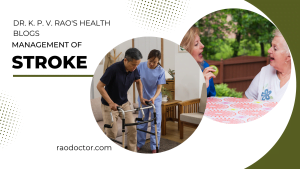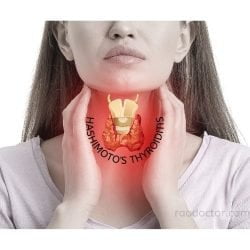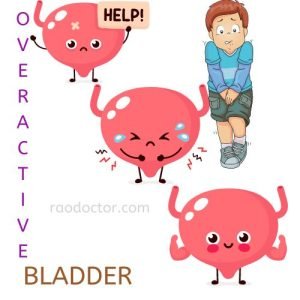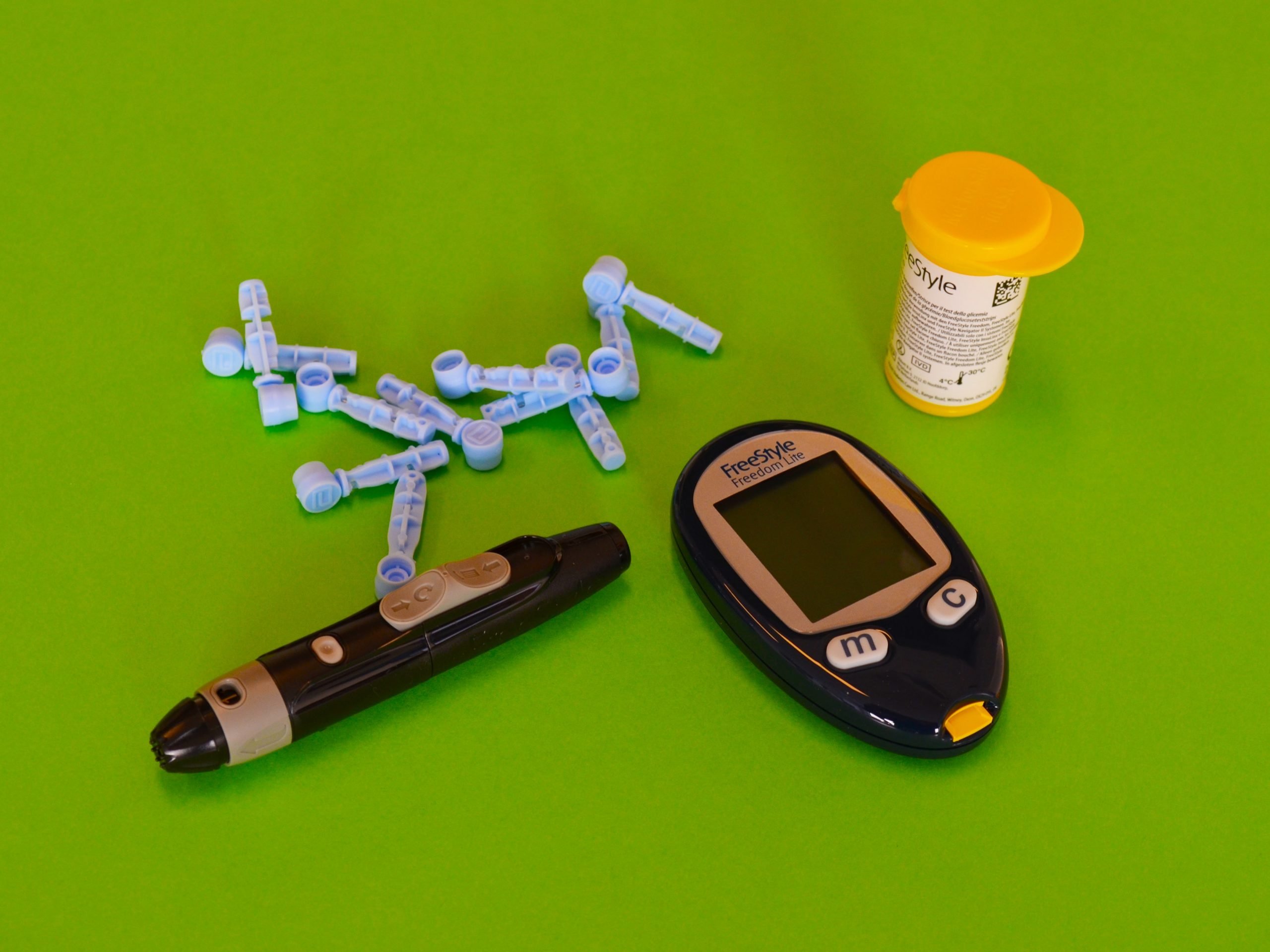In my last article, I described what stroke is, its signs, symptoms and causes. If you have missed reading it, you can do so here-

A stroke leaves behind a few disabilities in an affected person, depending upon the site of brain that has been affected [discussed in the last article-to know about it, click the link shown above].
Table of Contents
Listen to this article
If you are a person with this ailment or a relative caring for a stroke patient, living or caring for it is not as easy as it seems to be.
Now, in this article, we will learn how to prevent, rehabilitate an affected patient and how to treat with medicines.
What are the different disabilities of a Stroke?
The different disabilities caused by a stroke are-
- Hemiplegia- paralysis of one side [I have written about this on Dr.’s Substack. You can read about Hemiplegia here]
- Aphasia
- Loss of coordination in movement-Ataxia
- Changes in bowel movements- frequent stools or constipation
- Loss of control over urination- incontinence
As in the case of a massive heart attack where a part or lot of heart muscle gets damaged, we can have a massive stroke that damages a large part of the brain.
This usually happens to one or more lobes of the brain or there can be multiple disabilities like all the above disabilities put together. This is called quadriplegia. a condition where all limbs are paralyzed.
My motto has always been “Prevention is Better than Cure” and I like to teach that to my patients. So, let’s first learn about prevention of stroke.
Stroke Prevention-How to Protect Yourself from Having a Stroke- the preventive measures
Prevention of stroke is much easier than getting rehabilitated or treated for it. As with any other diseases like diabetes and hypertension, prevention is easier if you follow some proven steps. Read below to see how you can prevent it.
Follow these steps to remain healthy and avoid a stroke-
Make healthy lifestyle changes:
Maintain a healthy diet, engage in regular physical activity, abstain from tobacco and alcohol use, and manage your blood pressure and diabetes.
Get regular medical care:
Schedule regular health screenings with your doctor, including blood pressure screenings. If you have certain risk factors, you may also have to have screenings, such as an annual MRI or MRA scan.
Stay informed:
Read up on the latest findings about strokes and how to prevent them. You can also follow news from the Centers for Disease Control and Prevention or the National Stroke Association.
Stay connected to the people around you:
Stay connected with your friends and family so you can get the support you need if you’re at risk of a stroke. Stay in touch with your healthcare provider to monitor your progress and get support if you need it.
Stay updated on the signs of a stroke and where to go for help if you think you or someone else is having a stroke.
What to Do If You Think You’re Having a Stroke
Whether you are a patient undergoing stroke or a person related to the one undergoing it, timely help can prevent a stroke or at least help prevent developing more disabilities.
If you think you are having a stroke, seek help immediately. Once you are in the treatment process, there are a few ways you can assist doctors in helping you.
Here are the things you can do-
Stay calm: Staying calm will help you stay relaxed, which can help reduce increases in blood pressure.
Stay still and sit upright: Moving around or trying to walk may cause you to fall. Rest in a chair with your feet flat on the floor.
Let people know you are having a stroke: Let people around you know that you are experiencing signs of a stroke, so they can get you the help you need right away.
Don’t try to swallow any pills: When you are having a stroke, don’t try to swallow any pills. Let the medical professionals handle it.
Remember the 4-letter acronym: “F.A.S.T.” Use it to remember the signs of a stroke and the steps you can take to reduce the severity of the attack. What is F.A.S.T? FAST stands for-
F-Facial drooping
A-Arm weakness
S-Speech difficulty
T-Time to call emergency.
Some institutions have modified this acronym to-F.A.S.T.E.R. according to Beaumont Health website, meaning-
F-stands for Face-look out for drooping
A-stands for Arm-look out for weakness, loss of movement
S-stands for Stability – look out for loss of balance
T-stands for- Talking- look out for loss of speech
E- stands for- Eyes- look out for changes or loss of vision
R- stands for- React- call out 911 for emergency.
Now that you know what to do, let’s now move to rehabilitation of an affected patient.
Stroke Rehabilitation
As said above, the disability in a stroke depends on the area of the brain affected. Let’s have look at different parts of the brain and their functions to know this better-

Let’s recap about these parts to know what gets affected in a stroke-
The effects of a stroke can vary depending on which part of the brain is affected and the severity of the damage.
Some common effects of a stroke on different parts of the brain are:
- Frontal lobe: difficulties with movement, memory, problem-solving, and emotional regulation
- Parietal lobe: problems with sensations such as touch, temperature, and pressure
- Temporal lobe: issues with memory, hearing, and speech
- Occipital lobe: vision problems, including loss of vision or visual perception issues
- Cerebellum: issues with coordination and balance
- Brainstem: problems with breathing, heart rate, and blood pressure regulation
The body parts that may reflect these changes depend on the specific effects of the stroke. For example:
If the stroke affected the frontal lobe, the person may have difficulty with movement and coordination, leading to weakness or paralysis in limbs or facial muscles.
If the stroke affected the temporal lobe, the person may have difficulty with speech and communication, which could impact his life further.
Medical care in stroke- the crucial steps for recovery- can stroke be cured?
Stroke is a medical emergency that requires immediate medical attention. The crucial steps in medical care after someone suffers a stroke are critical in ensuring that the person receives the necessary treatment to prevent further damage and promote recovery.
The first step is to call for emergency medical services to transport the person to the hospital quickly. This is essential because time is of the essence in treating a stroke, and the sooner the person receives medical care, the better their chances of recovery.
Once the person arrives at the hospital, they will undergo a series of tests to determine the type and severity of the stroke.
The medical team will also prescribe medications immediately to help prevent blood clots, reduce brain swelling, and manage blood pressure.
These medications may include
- aspirin,
- anticoagulants,
- and thrombolytics.
A discussion on medicines to treat stroke is behind the scope of this article; however, those interested can go through this article- Ischemic Stroke.
Depending on the severity of the stroke, the person may be admitted to the intensive care unit (ICU) or a stroke unit.
The stroke unit is a specialized area of the hospital that provides comprehensive medical care, including rehabilitation services.
The medical team will continuously monitor the person’s vital signs, perform diagnostic tests, and provide supportive care to ensure their comfort and safety.
The various steps in medical care till full or partial recovery may include physical therapy, speech therapy, occupational therapy, and psychological counseling. This comes under the rehab program [described below]
These therapies are designed to help the person regain their strength, mobility, and independence. The medical team will also work closely with the person’s family members to provide education and support.
Steps for Rehabilitation of a Stroke patient
When a person suffers from a stroke, it can be a life-altering experience. Depending on the severity of the stroke and the location of the damage in the brain, a patient may experience paralysis on one or both sides of their body.
As stroke affects different parts of the body, depending upon the site of stroke in the brain, there are various rehab programs to improve function of that affected part
( described below).
This makes rehabilitation crucial in order to help the patient regain their independence and improve their quality of life.
The rehabilitation process for a stroke patient will vary depending on the location and severity of the paralysis. In some cases, the patient may only experience weakness on one side of their body, while in others they may be completely paralyzed. Regardless of the severity, rehabilitation is key to helping the patient regain their strength and mobility.
In order to begin the rehabilitation process, a team of healthcare professionals will work together to create a personalized plan for the patient. This may include
- physical therapy,
- occupational therapy,
- speech therapy,
- and other types of therapy as needed.
The goal of these therapies is to help the patient regain their strength, improve their range of motion, and learn new skills to help them adapt to their new way of life.
Physical therapy
This therapy is often the first step in the rehabilitation process. This may include exercises to help the patient regain their balance, strength, and coordination.
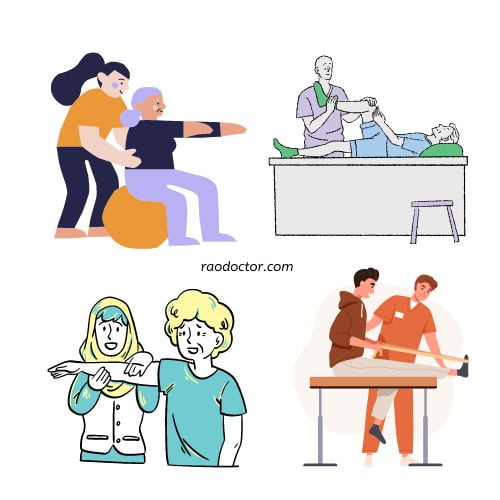
The therapist may also use specialized equipment to help the patient learn how to walk again or use their affected limb.
Occupational therapy
This therapy focuses on helping the patient learn new skills that will allow them to perform daily activities independently. This may include learning how to dress themselves, cook, or even use a computer with one hand.

Speech therapy
is often necessary for stroke patients who have suffered damage to the part of the brain that controls speech.
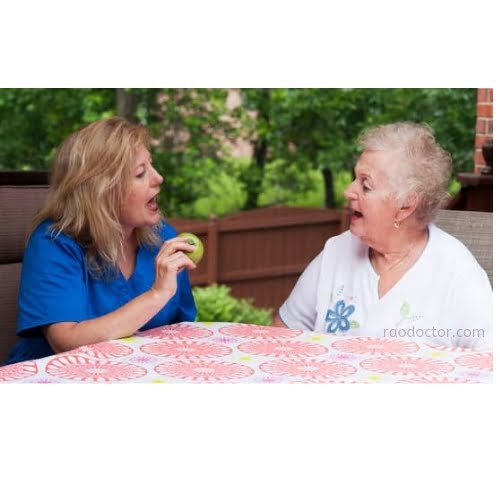
The therapist will work with the patient to help them regain their ability to speak, understand language, and swallow safely.
Other therapies as and when needed include:
- Therapeutic recreational therapy
- Social worker
- Speech and language Pathologist
- Vocational therapy
- Psychological therapy
Overall, rehabilitation is a crucial part of the recovery process for stroke patients who experience paralysis.
With the help of a dedicated team of healthcare professionals and a personalized rehabilitation plan, patients can regain their independence and improve their quality of life.
Useful information
Rehabilitation of stroke patients
Conclusion
In conclusion, stroke is a serious medical condition that requires immediate medical attention. The crucial steps in medical care after someone suffers a stroke include calling for emergency medical services, administering medications, and admitting the person to a specialized area of the hospital.
The various steps in medical care till full or partial recovery may include physical therapy, speech therapy, occupational therapy, and psychological counseling.
With proper medical care and rehabilitation, many people can make a full recovery from a stroke.
Watch this video and learn to prevent stroke-
Final Words
If you have found this article useful, do share it with your friends and relatives; someone may benefit from the knowledge. You can also use the quote below to Tweet-
Stroke Part 2: Learn how to Prevent-Treat-Rehab Share on XMy next article will be on DVT- the short form for Deep Vein Thrombosis, another interesting yet scary disease, which can cause a stroke as well as a complication such as pulmonary embolism.
Adios.
(If you want to read more about Brain and its diseases, click below to go to my flipboard magazine).

